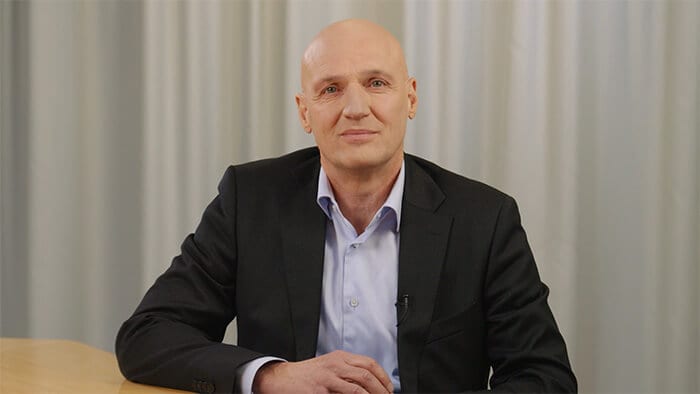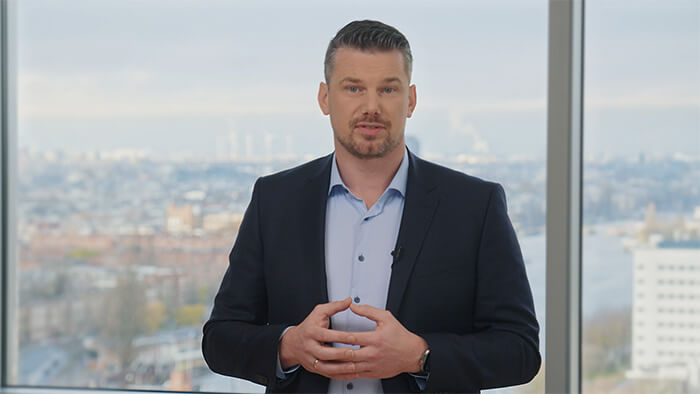Medical Device Recall Information
Philips Respironics Sleep and Respiratory Care devices
Philips Respironics Sleep and Respiratory Care devices
If you haven't yet registered your device
News and Updates > Philips Respironics provides update on completed set of test results for first-generation DreamStation sleep therapy devices
Philips Respironics provides update on completed set of test results for first-generation DreamStation sleep therapy devices
December 21, 2022
That’s why since announcing the recall we’ve embarked on a comprehensive test and research program, and have provided updates along the way in December 2021 and June 2022.
We now have a complete set of results for the first-generation DreamStation devices based on the extensive testing and analysis that we have done over the past 18 months – working with five independent certified laboratories, as well as third party experts and physicians.
These results have been reviewed and assessed by third-party qualified experts and Philips Respironics, as well as an outside medical panel. Philips Respironics has provided the data to the FDA and other competent authorities. The FDA is still considering the data and analyses that Philips Respironics has provided and may or may not reach different conclusions. As always, we advise patients to consult their physician or health care provider should they intend to make any changes to their therapy. Philips Respironics guidance for healthcare providers and patients remains unchanged.
The complete update on the PE-PUR testing results and conclusions available to date can be found here, and the overall findings for the first-generation DreamStation devices have been summarized below.
Results for first-generation DreamStation devices not exposed to ozone-cleaning:
1) The new results indicate that exposure to particulate matter (PM) emissions from degraded foam in DreamStation devices, including potential respirable and non-respirable particulates, is unlikely to result in an appreciable harm to health in patients. New and used devices (including devices having visible foam degradation) were tested and all were compliant with allowable limits for PM emissions. The third-party chemical evaluation and toxicological risk assessment of degraded foam has now also been completed. The third-party assessment found that for the first-generation DreamStation devices, exposure to foam particulates from these devices is unlikely to result in an appreciable harm to health in patients. 2) The results further indicate that the exposure to volatile organic compound emissions (VOCs) is not anticipated to result in long-term health consequences for patients. Expanded testing and toxicological risk assessments on multiple devices with new, used, and lab aged foam have shown no appreciable harm to health for the VOCs detected. Therefore, exposure to the level of VOCs identified to date for the first-generation DreamStation devices is not anticipated to result in long-term health consequences for patients based on ISO 18562-3** testing and evaluation of new, lab aged, and used devices. This is consistent with the results presented in December 2021. 3) Prevalence of visible foam degradation in inspected returned devices was found to be low Based on the visual inspection of the foam in returned first-generation DreamStation devices, the prevalence of visible foam degradation was found to be low. Visual inspection can only identify visible foam degradation and cannot measure volatile organic compounds generation or quantify particulate loss, therefore additional testing and analyses were performed as described above and in the complete update.
Results to date for first-generation DreamStation devices exposed to ozone-cleaning:
1) Data available to date for first-generation DreamStation devices indicate that ozone cleaning exacerbates foam degradation: returned devices from the US and Canada with user-reported ozone cleaning are 14 times more likely to have significant visible foam degradation (7% of the inspected devices) compared to devices with no user-reported ozone exposure (0.5% of the inspected devices). This observation is consistent with laboratory testing, where first-generation DreamStation devices exposed to increasing cycles of ozone cleaning had increasingly more severe visual degradation. 2) Testing and analyses regarding risks associated with respirable and non-respirable particulates have been performed to date on devices with known ozone exposure. That third-party collective analysis concluded that exposure to particulate from degraded foam with self-reported ozone use in first-generation DreamStation devices is unlikely to result in an appreciable harm to health in patients. 3) The VOC toxicological risk of this ozone-induced foam degradation is still being assessed.
What this means for you
We know you depend on these devices for health and well-being, and we know how important it is that you feel confident using our devices.
We will continue with our remediation program to provide replacement devices that do not contain the PE-PUR sound abatement foam. We are committed to delivering the highest levels of quality, and we want to let you know that we remain committed to providing patients with replacement devices, either a new or repaired device, with the latest foam.
As always, we advise patients to consult their physician or health care provider should they intend to make any changes to their therapy.
What this means for other affected devices
Testing for DreamStation Go and SystemOne devices, which contain the exact same PE-PUR foam as the first generation DreamStation devices, continues and we will provide patients with a further update as soon as we have it. Testing continues for mechanical ventilators.
Toxicological assessments to assess the impact of repeated ozone cleaning on foam degradation are also continuing. As a reminder, ozone and UV light cleaning products are not currently approved cleaning methods for sleep apnea devices or masks and should not be used.
You can find more information on the voluntary recall/field safety notification at philips.com/src-update.

Jan Kimpen, Chief Medical Officer, discusses what the test results mean for healthcare providers and their patients

Jan Bennik, Head of Test and Research Program, explains the details behind the testing results
If you haven't yet registered your device
*First generation DreamStation devices include DreamStation CPAP/Auto CPAP/BiPAP, DreamStation BiPAP ASV, DreamStation BiPAP AVAPS/ST, E30 Ventilator
**ISO 18562-3:2017: Biocompatibility evaluation of breathing gas pathways in healthcare applications – Part 3: Tests for emissions of volatile organic compounds.
